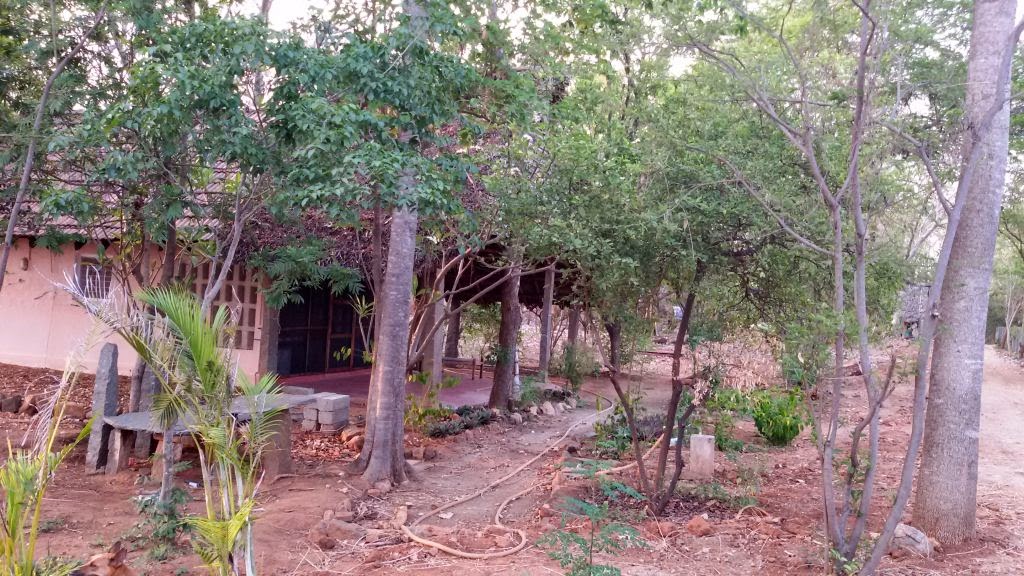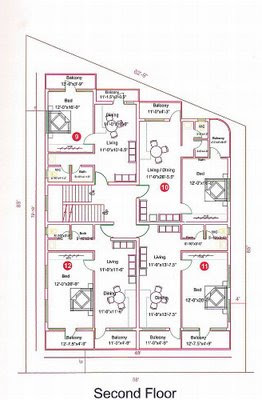 |
| Compound at Vediappanur |
 |
| House and Trees in Compound |
 |
| Compound at Vediappanur |
 |
| House and Trees in Compound |
 |
| The front will be closed off with wall and gate |
 |
| House has hall and 2 bedrooms |
 |
| Finishing touches to Kitchen |
 |
| Plenty of shelf space in rooms |
 |
| Hall with kitchen at end |



To view a selection of these one and two storey homes, please view this album at this link here.


If you wish to see more photographs of any of the homes, or wish to see photographs of the interiors, please email at the above address.















In a recent article in Property Plus, The Hindu -- it is stated that:
“The current economic slowdown has changed the housing market scenario significantly and has forced home buyer sand developers to re-orient their strategies.
Buyers are now getting calculative and want to probe factors such as the falling prices of cement and steel, construction cost and reduction in service tax and want to know how these are reflected in offers. Buyers are also now examining the actual carpet area that they get in comparison to the area that they pay for.
In addition buyers are looking at the terms of payment and penalties carefully and want a fair deal. They ask for compensation for any delay in delivery of the completed apartment commensurate with the loss of income or the rent. Some have even started demanding that payments be linked to the construction stage, and not make it time bound, as they want cash flow to reflect progress of construction.”

Currently underway is a project to construct a 12 unit apartment complex named ‘Ramana Grace’, five minutes walk from
Flat 1 -- 640 sq ft, Flat 2 -- 640 sq ft, Flat 3 -- 690 sq ft, Flat 4 -- 690 sq ft, Flat 5 -- 800 sq ft, Flat 6 -- 850 sq ft, Flat 7 -- 950 sq ft, Flat 8 -- 950 sq ft, Flat 9 -- 800 sq ft, Flat 10 -- 850 sq ft, Flat 11 -- 950 sq ft, Flat 12 -- 950 sq ft.



All the above apartments are for sale. For further information please contact through email address at the top left of this page.
The small parcel of land for sale is the brown, uncultivated land on the below video.
A young student (to gain funds for further studies) has been in touch with us wishing to sell a small part (i.e. 40 cents - 0.4 of an acre) of his family’s agricultural land at Karianthal which is about 14 kms from the Big Temple. The land is parallel to the railway line that connects Tiruvannamalai-Vellore and the railway line is 400 meters off the Tiruvannamalai to Vellore National Highway. The land which has neither electricity or running water is priced very reasonably for a quick sale.
For further information please use the contact facility at the top left hand margin of this page.